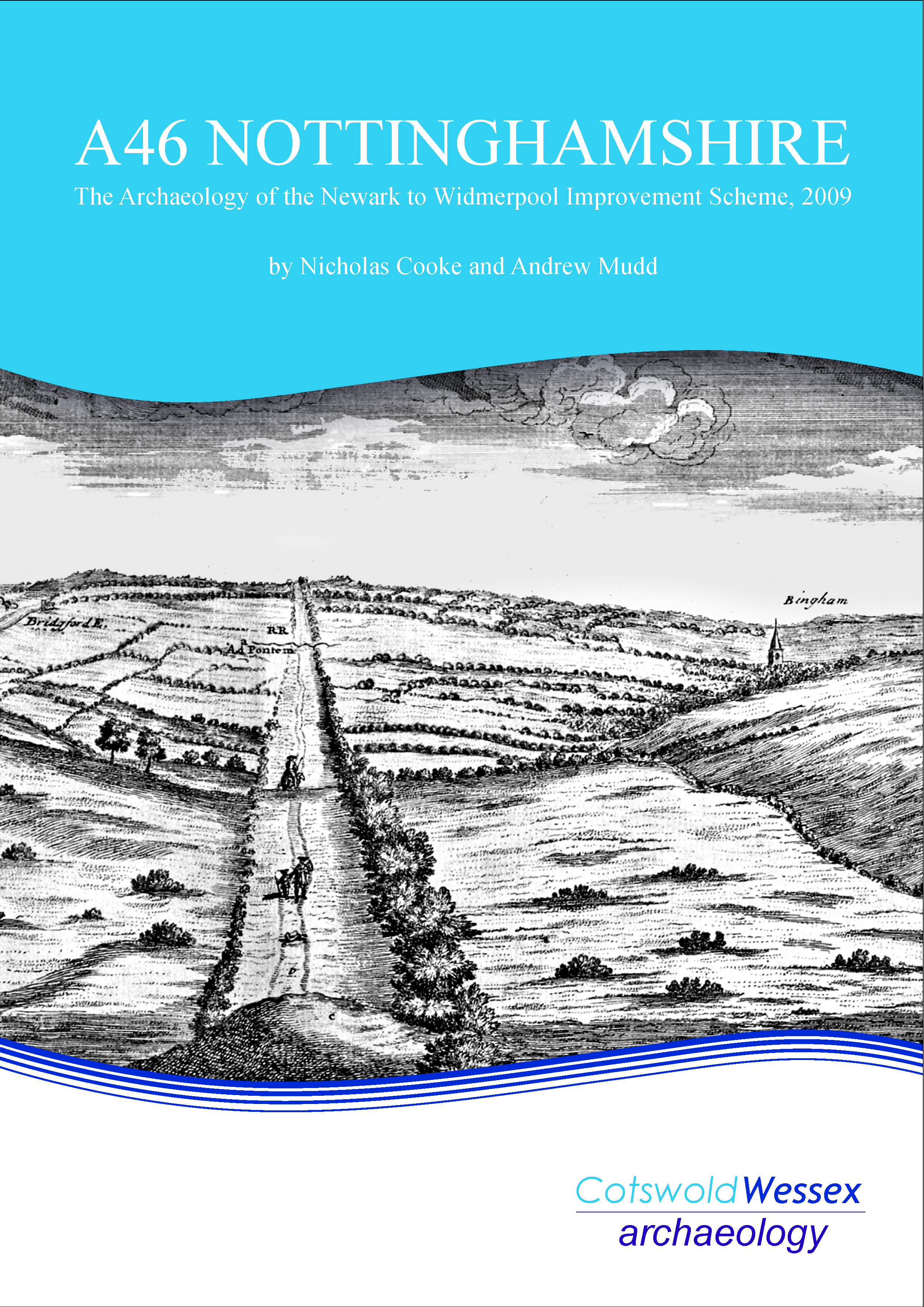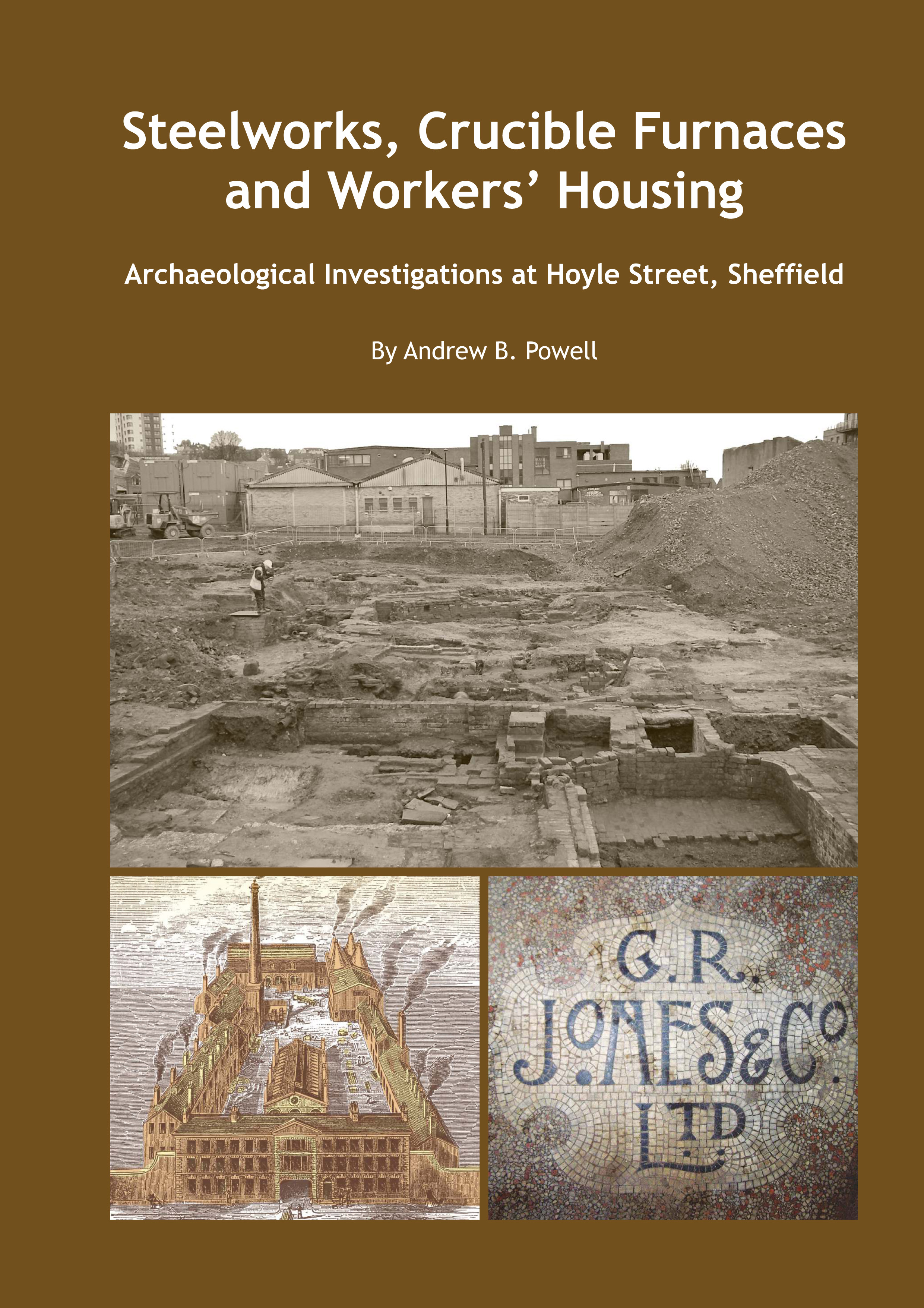Two new publications will be available in November – excavations along the A46 with our partners Cotswold Archaeology and industrial archaeology at Hoyle Street, Sheffield.

A46 Nottinghamshire
The A46 trunk road in Nottinghamshire has its origins as the Roman Fosse Way. Archaeological work ahead of road improvements between Newark and Widmerpool undertaken by Cotswold Wessex Archaeology, has shed light on both Roman and pre-Roman use of this land. A number of significant sites were revealed, including evidence for Late Upper Palaeolithic flintwork at Farndon Fields on the gravel terrace south of Newark. This nationally important site comprised scatters of debris left in situ by a flint-knapper of the Creswellian and Federmesser hunter-gather cultural traditions. At Stragglethorpe there was a ring-ditch with a number of inhumation burials of Beaker date. Iron Age and Roman settlement in the hinterland around the Roman small town of Margidunum near Bingham was also investigated. Further to the south-west near Saxondale, Roman roadside enclosures became the location of early Anglo-Saxon cremation burials and perhaps also a ‘tumulus’, as recorded by William Stukeley in 1722 in the middle of the Fosse Way.

Hoyle Street
Excavations in 2006–08 by ARCUS (Archaeological Research and Consultancy at the University of Sheffield), and now published by Wessex Archaeology, revealed a complex industrial site which sheds light on steelmaking and the conditions that workers lived and worked in. Historical research, building recording and archaeological excavation revealed the complex history of the site that in 1800 was still surrounded by fields on the town’s north-western edge, but which soon after was swallowed up by the steelworks, foundries and workers’ housing. Sheffield’s burgeoning population provided the workforce for the series of industrial premises – Roscoe Place Works, William Hoole’s Works (later Malinda Works), Hoyle Street Works, Progress Works, Titanic Works and Australian Works.
These industrial complexes were located among the cramped housing of the local working populations, and a number of cellars belonging to the back-to-back tenements and terraced houses were excavated, revealing evidence of possible cottage industry.
To learn more about our publications follow this link